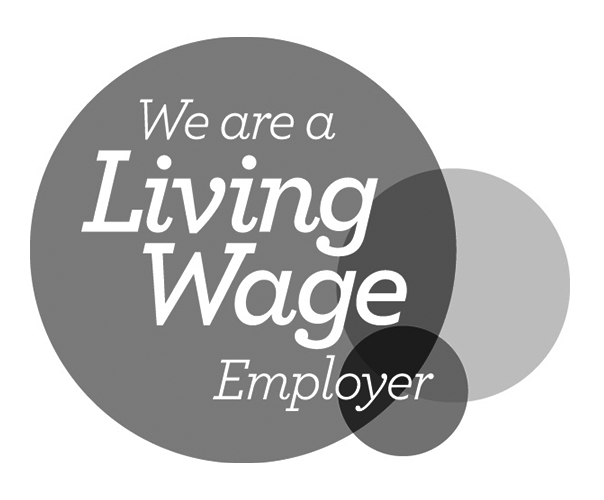






© 2024 Airbox Systems Limited. All rights reserved.
Airbox Systems Limited, Unit 4 The Quadrangle, Downsview Road, Grove Business Centre, Wantage, OX12 9FA
London's Air Ambulance Service (LAAS) is a busy unit with a large, highly complex, and demanding 'patch'. Daily, they confront a number of airspace restrictions designed to protect sensitive buildings and the frequent events that London attracts - and Air Traffic Control closely monitor the flightpaths of all aircraft operating in the Capital's skies.
As explained by LAAS pilots Dave Rolfe and Andy Thomson, this operating environment was one of the key factors in selecting the Airbox ACANS system to give crews enhanced Situational Awareness (SA) and improved navigation capability. "We still fly the MD902 Explorer" noted Dave, “It is a lovely machine - perfect for the HEMS role" but, he continued, the navigation system "was old, increasingly unsupportable and had not been updated for years". This required the crews to often 'work around' the map system rather than derive benefit from it.
Worse, as Andy recalled, on some occasions the crews actually got lost using it. Crews began to realise that 'enough was enough' and requested a new Moving Map System be provided. The Charity agreed and started the process of looking for an applique system that could be purchased without incurring unaffordable integration and modification costs into the aircraft. Some LAAS crews had experienced Airbox products in General Aviation, and they contacted the company to see if they could deliver a Map System with some tailorable, non- aviation specific, overlays and interfaces. LAAS crews needed a system that was simple, intuitive, and easily updatable, freeing up capacity for other tasks whilst en route' and, crucially, enabling crews to spend more time heads-out looking for obstructions, other aircraft and, increasingly, drones.
Both Dave and Andy note that ACANS has delivered handsomely on this intent. They praised Airbox's ability to engage and understand with their needs. "Of course, it's got the aviation mapping we need - but it's got more, bespoke, add-ons that make our job easier". These 'add-ons' include compatibility with London-specific grids and street gazetteers - including the famous 'A-Z' maps. ACANS also provides an Electronic Flight Bag (EFB) functionality, copies of the Operations and Flight Manuals as well as maps, charts, and approach plates - although a true performance tool, such as Easy Weigh, is not currently included.
LAAS carry two iPads onboard. One used by the Handling Pilot for navigation and another by the Co-Pilot to 'mission manage' the call-out, communicating via chat windows with other assets and utilising the EFB. LAAS are delighted with the relationship with Airbox. 'Right from our first engagement with Airbox, via Tim, through to our current Customer Account Manager, Lauren, it's been more of a partnership than supplier-customer relationship'. ACANS as a product is in continual development, and 'it has developed with our needs'. The COVID-19 pandemic has made ACANS even more useful with more 'adopters' , enabling crews to see if HLS' are occupied and track departing aircraft, permitting crews to plan the safest approach / departure routes.
There will be some significant changes to the LAAS fleet in the near future. The MD902 is nearing replacement, and it's hard to look past the Airbus H135 as the other alternatives, such as AW169, have slightly larger 'footprints' which could limit the places they can land when on a shout.
What is in no doubt is their commitment to ACANS. The 'dream' is to have all Emergency Services units connected, allowing the seamless passing of messages, data and sensor imagery between 'blue light' users. From a LAAS perspective, they would like to see the Dispatching software, currently separate from ACANS, incorporated into it - removing another time and convenience hinderance. Dave noted that Airbox are already looking into this as a future update.
Another growing issue for LAAS is the proliferation of Drones over London. In May 21, LAAS suffered a Class A Airprox when a drone hovered below one of its MD902s as it landed with a critically ill patient at roof-top helipad. Some form of Drone tracking tool on ACANS would, the crews suggest, be of increasing use as the skies become ever more congested.
LAAS are clearly happy with the ACANS product and have appreciated how little 'tweaks' they've requested have been dropped into the system by the team at Airbox. They remain committed ACANS users, and part of the user community striving for greater connectivity and data sharing.